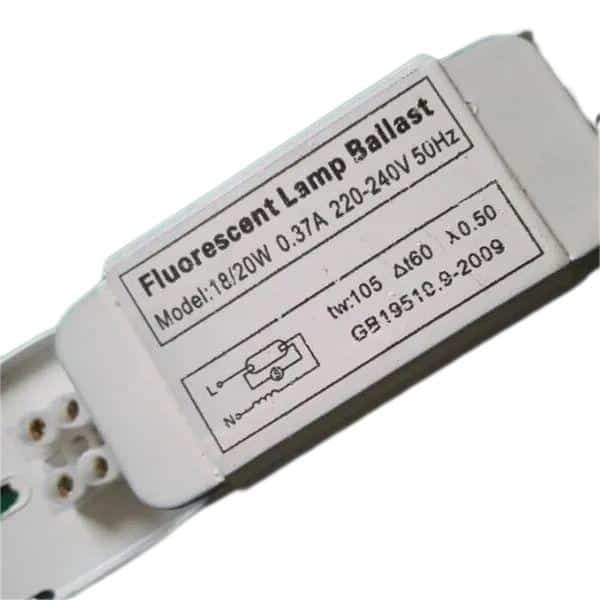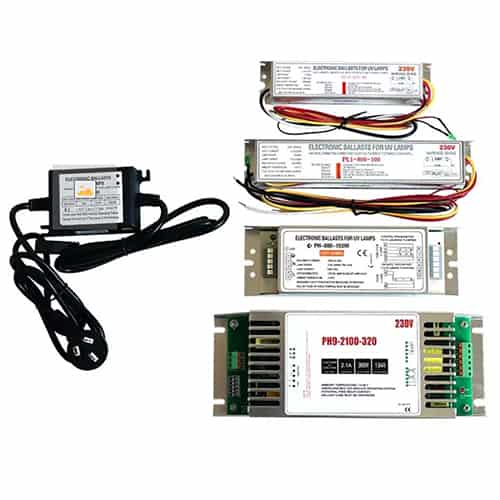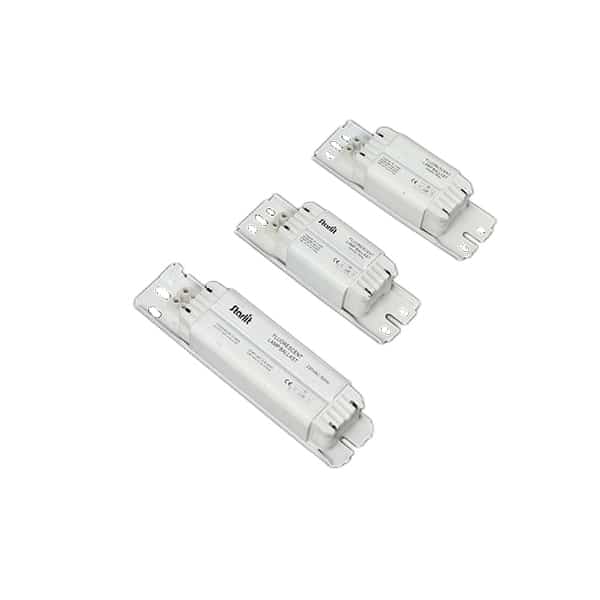Fluorescent lights can flicker, overheat, or even fail without a proper ballast. The ballast regulates power, ensuring efficient, stable, and safe lighting.
A ballast is an essential component in fluorescent lighting fixtures that provides the necessary voltage to start the lamp and regulates the current during operation.
Fluorescent lighting, widely used for its energy efficiency, relies heavily on ballasts for functionality. Without a ballast, fluorescent tubes would not illuminate reliably or safely, making it an indispensable part of the lighting system.

What Is a Ballast?
A ballast is an electrical device designed to manage the voltage and current in a lighting fixture. In fluorescent lights, it has two primary roles: providing an initial high voltage to ignite the lamp and stabilizing the current once the lamp is operational. Ballasts are available in two main types: magnetic and electronic.
- Magnetic Ballasts: Traditional designs that use a core and coil assembly to regulate current. While durable, they are bulkier and less efficient than modern counterparts.
- Electronic Ballasts: Advanced versions that use solid-state circuits to manage voltage and current more efficiently, eliminating flickering and hum noises.
Ballasts also often include components such as capacitors and starters, which play additional roles in the operation of fluorescent lamps.
The Main Functions of a Ballast
Starting the Lamp
The first task of a ballast is to provide a high starting voltage. Fluorescent lamps require an initial surge of electricity to excite the gas inside the tube and produce light. Magnetic ballasts achieve this through a starter mechanism, while electronic ballasts use high-frequency pulses for a faster and more efficient ignition process.
Regulating Current
Once the lamp is lit, the ballast ensures a steady flow of current to maintain consistent illumination. Without this regulation, the lamp could overheat, causing damage to both the lamp and its fixture. By controlling the current, the ballast protects the lighting system and ensures safe operation.
Enhancing Efficiency and Longevity
Ballasts also improve the energy efficiency of fluorescent lights. They reduce power wastage and minimize flickering, which can be disruptive in commercial or residential settings. Moreover, by stabilizing the current, ballasts extend the lifespan of fluorescent lamps, reducing maintenance costs over time.

Types of Ballasts
Magnetic Ballasts
Magnetic ballasts, often found in older fluorescent fixtures, consist of an iron core and wire coils. While effective, they consume more energy and generate more heat. They are also prone to humming sounds and flickering, which can affect user comfort.
Electronic Ballasts
Modern electronic ballasts offer several advantages over their magnetic counterparts. They are:
- Energy-efficient: They consume less power, translating to lower electricity bills.
- Silent: They operate without the hum characteristic of magnetic ballasts.
- Compact and lightweight: Easier to install and integrate into sleek fixture designs.
Dimmable Ballasts
Dimmable ballasts allow users to adjust the brightness of fluorescent lights. These are ideal for spaces requiring variable lighting levels, such as conference rooms or theaters.
Advantages of Using Ballasts
Ballasts play a vital role in ensuring the optimal performance of fluorescent lighting systems. Here are some key benefits:
- Energy Savings: Ballasts prevent excessive energy consumption by regulating power input.
- Safety: They eliminate the risk of voltage spikes that could damage the lamp or cause hazards.
- Extended Lamp Life: Stabilized current reduces wear and tear on fluorescent tubes, allowing them to last longer.
- Minimized Flickering: High-frequency electronic ballasts virtually eliminate flickering, improving lighting quality and reducing eye strain.
Challenges and Maintenance
While ballasts are reliable, they can encounter issues such as humming sounds, overheating, or complete failure. Here are some tips for maintenance:
- Identify Issues: If a light flickers or fails to start, the ballast may need inspection.
- Test Voltage and Current: Use a multimeter to check if the ballast is delivering the correct output.
- Replace When Necessary: Ballasts have a finite lifespan, and replacing them with certified components ensures continued performance.
For safety, always consult a licensed electrician for installation or replacement.

Modern Trends in Ballasts
The lighting industry is evolving, and lamp ballasts are no exception. Modern ballasts are designed to meet stringent energy and environmental standards, such as CE and RoHS certifications. Smart ballasts, integrated with IoT technology, allow remote control and monitoring, enabling users to optimize energy usage.
